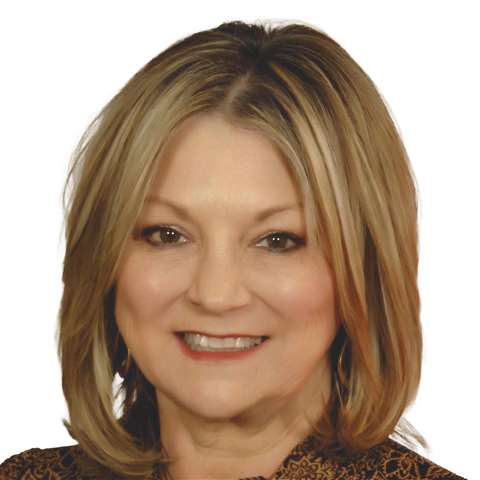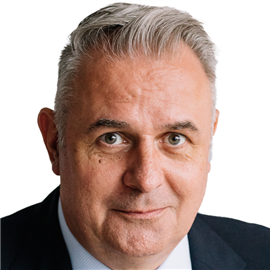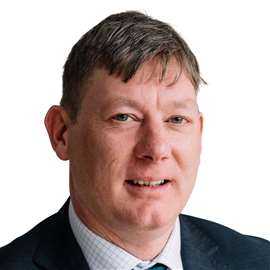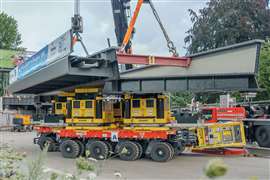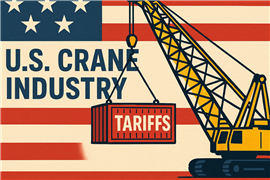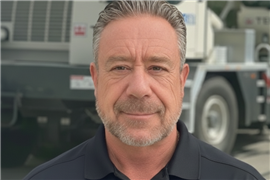How is reality capture technology transforming jobsites?
03 July 2025
Reality capture is changing the way industry sees the jobsite – literally and strategically.
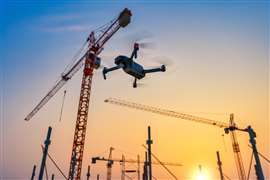 (Photo: Adobe Stock Images | escapejaja)
(Photo: Adobe Stock Images | escapejaja)
You’ve likely used or worked around parts of it already – drones on a jobsite, 360-degree cameras on a tower crane, perhaps a Lidar scanner rolling through a structure. But there’s a term you’ll be hearing more often in the near future: reality capture.
Put simply, reality capture is the umbrella designation for technologies that digitise physical environments. These tools – drones, laser scanners, 360 degree cameras, Lidar, even a smartphone – collect data that can be used to build detailed 3D models, virtual walkthroughs or highly accurate jobsite maps. The output? A digital twin of your project that anyone, anywhere, can access.
At first glance it might sound like tech for architects or engineers. In reality these tools are changing how field crews, lift planners, rigging experts and transport co-ordinators do their jobs, including how they’ll win work in the future.
Historically, surveying, inspections and project documentation required boots on the ground. Multiple site visits, clipboards, tape measures and a significant amount of guesswork. Now, with one drone flight or a handheld scan, project managers can capture entire jobsites and convert them into accessible, measurable digital environments.
Photos and video are just the tip of the iceberg. Today’s reality capture tools generate dense point clouds, thermal overlays and spatial meshes. If those terms don’t sound familiar, you can expect to see and hear more of them in the near future. Uploaded into cloud-based platforms, these digital models support real-time collaboration between field teams, contractors, engineers and owners – no matter where they are.
In short, reality capture creates a shared source of truth. And for projects involving oversize and-or overweight loads, critical lifts or complex sequencing, that truth becomes invaluable.
New baseline
For many SC&RA members, the biggest leap in adoption is coming from above. Drones and other unmanned aerial vehicles equipped with photogrammetry software can capture a tall structure, a wide corridor or even a remote roadbed – turning what once took days into hours. On the ground, 360-degree cameras mounted to helmets or rigs can document site progress with surprising accuracy. Mobile Lidar units and robotic scanners can provide millimetre-level detail inside facilities or on uneven terrain.
The result? Fewer surprises, tighter tolerances and safer planning.
Why does it matter? Companies are using reality capture to speed up permitting, enhance lift planning, verify clearances, reduce jobsite risk and even catch design errors before they cost money.
Consider the traditional façade inspection. Instead of sending a crew up on swing stages, a contractor can now fly a drone and complete the job in a fraction of the time – without exposing anyone to a fall hazard. The captured model can be reviewed from anywhere, marked up, annotated and archived.
The same logic applies to transporting a transformer through tight urban corridors. Instead of guessing, teams can scan the route, simulate the move and co-ordinate in advance with regulators or escort teams.
Looking ahead, as data and deliverables continue to move to the cloud, clients and GCs will expect more visibility, more documentation and more digital co-ordination from their partners. That includes heavy lift, transport and rigging professionals.
Reality capture isn’t just a new term – it’s a new baseline. The sooner you understand how to use it, the better positioned you’ll be to lead the jobsites of tomorrow.
STAY CONNECTED


Receive the information you need when you need it through our world-leading magazines, newsletters and daily briefings.
CONNECT WITH THE TEAM
